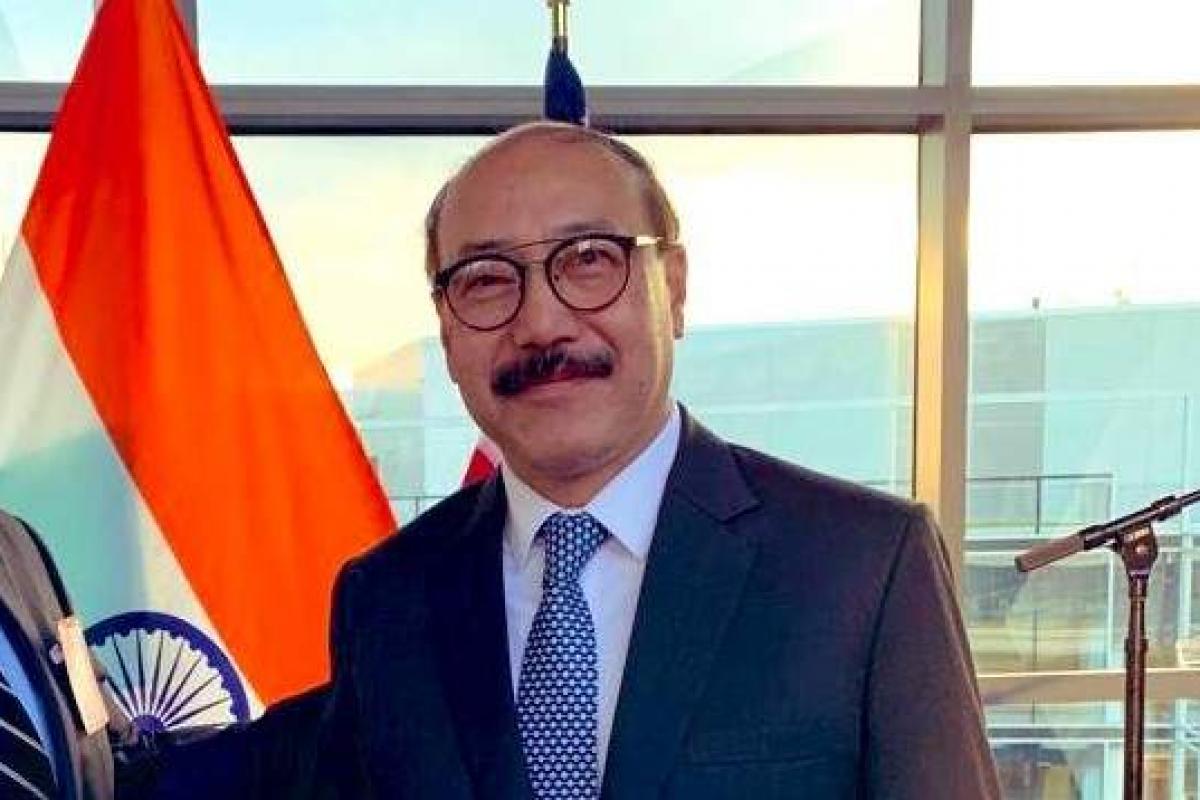Indian foreign secretary, Harsh Shringla, is of the opinion that the North East’s connectivity with the neighboring countries would enhance the economic development of the region. He was reportedly speaking at the Sikkim University.
He maintained that “Improved infrastructure and connectivity with our neighbors will directly contribute to the economic development of the north-east. It will generate investment, trade and jobs,”.
According to the foreign secretary the development of the north-east is seen to be directly connected with India’s foreign policy, particularly with the Act East policy of the government. India’s ‘Act East’ policy is a diplomatic initiative to promote economic, cultural and strategic relations with the vast Asia-Pacific region. The Act East policy is considered as the modern version of the Look East Policy which was launched in 1991 by then Prime Minister P.V. Narasimha Rao.
The ‘Act East’ policy is the initiative that expands the reach of the ‘Look East’ policy which aimed at expanding economic ties with the ASEAN bloc. The modern version, initiated by the Modi government in 2014, includes the ASEAN bloc and the east countries.

The foreign secretary stated that, “North East connects us to one of the most economically dynamic and politically significant geographies of the world – ASEAN and Indo-Pacific.”
According to Shringla, the Ministry of External affairs would link Sikkim and north-eastern universities with international institutions. They would launch the Kanchenjunga Dialogue, a Track 2 dialogue, to improve the standing of states in the region including Sikkim as an “education and knowledge hub”.
Shringla further stated that under the India-Japan Act East Forum, the two countries were working to enhance the overall development of the north-east “by way of projects on connectivity, water, sanitation, forest management and skill development.”
Pointing to the Sikkim Biodiversity and Conservation Management Project, the foreign secretary pointed out the massive opportunities for people in the region, in areas of hospitality and tourism sector or entrepreneurship in export of organic food, floriculture and horticulture.
Flagging the newly recrafted internship program in the foreign ministry, Shringla promised to tap more talent from the north-east.
But will India want to expand its trade and share its mass biodiversity opportunity with the ASEAN bloc? As it is widely known, ASEAN bloc is under extreme China-influence, with reports of two-way trade between China and ASEAN standing at $452.31 billion in 2016. As India right now looks at alternative ways to curb Chinese influence in the Indian market, partnership with ASEAN seems like a grossly understated error, given Chinese soaring territorial expansion ambition in the region.
Also, in contrast, India recently resisted the idea of ASEAN joining the supply chain trilateral, due to its indebted Chinese influence. Nevertheless, two-way trade between India and ASEAN too moved up to $71.6 billion in 2016-17 from $2 billion in the early ’90s. Thus, how will the economy of the North East sore, given the complicit trade relations of ASEAN, is still a contentious topic of deliberation.

